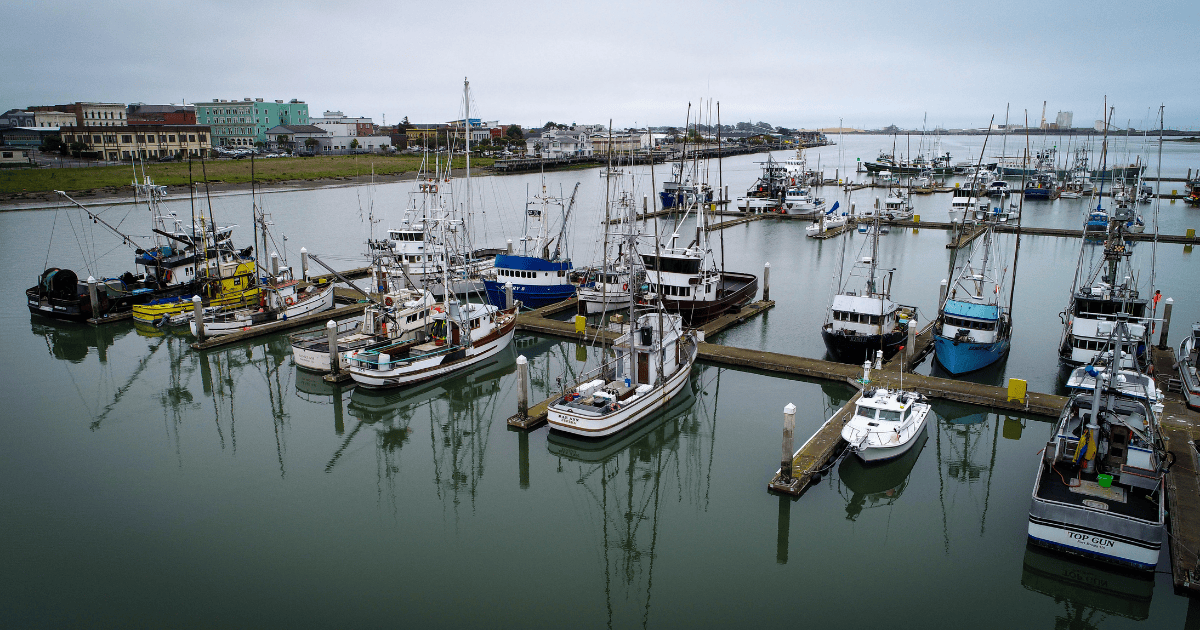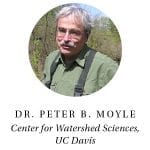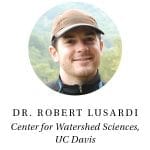CalTrout Remains Committed to Salmon Recovery Efforts as Commercial Salmon Fishing Season Is Shut Down Again
On April 15, 2025, officials announced a third consecutive closure of California’s commercial salmon fishery as Chinook salmon populations continue to struggle across the state. Limited windows for recreational fishing will be allowed on specific dates to ensure minimal impact on the salmon population. This season’s decision by the Pacific Fishery Management Council marks the most consecutive closures the state has ever seen, exemplifying how dire the crisis for California’s native salmon has become.
While this decision will help keep populations afloat, the closure has significant economic repercussions, affecting the commercial fishing industry, recreational charter operators, and communities reliant on salmon-related industries from Monterey to the Oregon border. Additionally, salmon hold cultural importance for Native American Tribes in California. Low salmon numbers directly impact many Californians’ way of life.
“A third year of closure is brutal for towns along the North and Central coasts that rely on anglers to fill hotels and restaurants during the season,” said Charlie Schneider, California Trout Lost Coast Project Manager. “While a short recreational season will keep hope alive for some anglers, it won’t do much to support the communities and economies that rely on these fish. We aren’t going to stop working for those folks.”
California’s salmon crisis is a result of long-term habitat degradation, water mismanagement, and compounding impacts from climate change. The staggering loss of these fish is part of a larger biodiversity crisis. CalTrout and UC Davis’ SOS II: State of the Salmonids report found that 45% of California's native salmon, trout, and steelhead are at risk of going extinct in the next 50 years if current trends continue.
For over fifty years, CalTrout has advocated for comprehensive solutions, including dam or other barrier removals, improved fish passage and flow rates, and restoration of floodplain, estuary, and cold-water habitats to support salmon recovery.
Following the removal of four dams on the Klamath River, CalTrout and partners documented the return of thousands of Chinook salmon to previously inaccessible habitats, marking a significant milestone in one of the largest river restoration projects in U.S. history. On the Eel River, CalTrout also supports PG&E's plan to remove Scott and Cape Horn dams. This initiative aims to restore the river to a free-flowing state, reopening hundreds of miles of spawning and rearing habitat for salmon and steelhead, which have been blocked for over a century. In the Sacramento Valley, our team is working to expand access to floodplain habitats at landscape scale in places like Yolo and Sutter Bypasses.
“We have hope for a better future with places like the Klamath and Eel rivers poised to rebound and support significant populations of wild fish that will add diversity to the mixed stock ocean fishery,” said Darren Mierau, CalTrout Regional Director. “But salmon populations are teetering on the brink of extinction, and we’re running out of time. Landscape scale action needs to happen now.”





